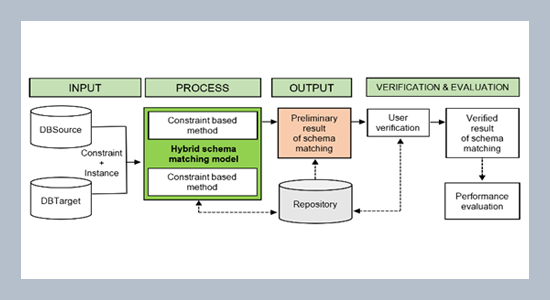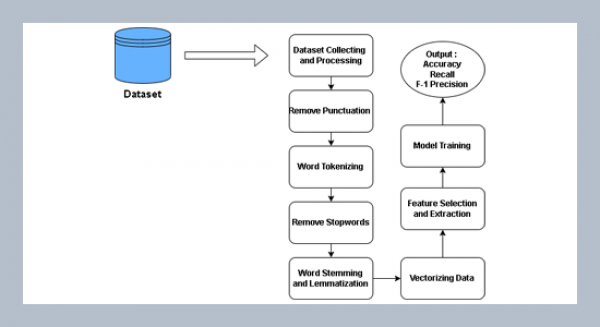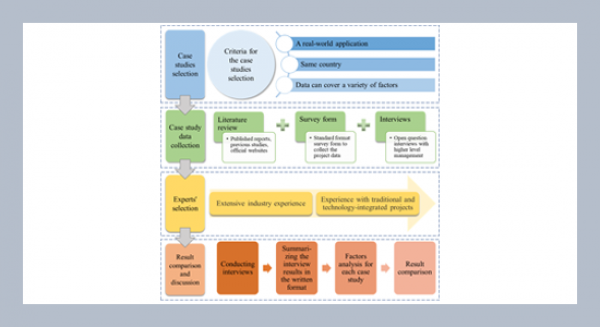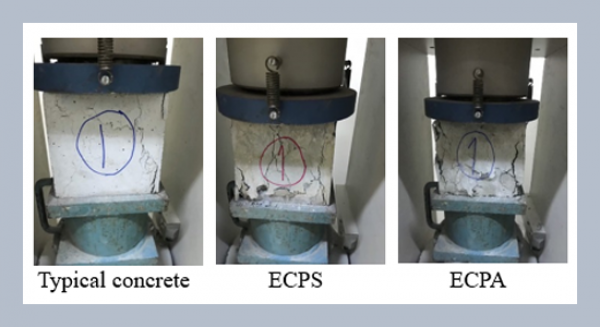Edhy Sutanta1*, Erna Kumalasari Nurnawati1, Catur Iswahyudi1, Rosalia Arum Kumalasanti2 1 Department of Informatics, Institut Sains & Teknologi AKPRIND Yogyakarta 28 Kalisahak Road, Yogyakarta, 55222, Indonesia 2 Department of Informatics, Sanata Dharma University Yogyakarta, Paingan Road, Sleman, Yogyakarta, 55282, Indonesia
Download Citation:
|
Download PDF
The problem of alignment of the scheme is that the process that cannot be thoroughly performed automatically is the similarity of the results of the element output map scheme alignment that the user still needs to correct to obtain a valid end result. The correction process which is carried out at the stage of verification and evaluation can only be done manually by the user. In this research, a modification of the hybrid schema matching model was proposed that previously develop by adding three new features, namely the use of a similarity value limit (SVL), checking the inter-attribute similarity of the input database, and selecting the appropriate database to act as a DBSource during the matching process. Every new feature is tested using a relational database model (RDBM). Compare the yields of the original model and the modified model to determine the reduction in output of the user-performed model validation process. The test result shows that the addition of new features succeeded in minimizing the user verification process.ABSTRACT
Keywords:
Hybrid schema matching, Modified model, User verification.
Share this article with your colleagues
REFERENCES
ARTICLE INFORMATION
Received:
2021-11-28
Revised:
2022-09-30
Accepted:
2022-12-27
Available Online:
2023-01-17
Sutanta, E., Nurnawati, E.K., Iswahyudi, C., Kumalasanti, R.A. On hybrid schema matching modified model in minimizing user verification process in output validation. International Journal of Applied Science and Engineering, 20, 2021501. https://doi.org/10.6703/IJASE.202303_20(1).004
Cite this article:
Copyright The Author(s). This is an open access article distributed under the terms of the Creative Commons Attribution License (CC BY 4.0), which permits unrestricted use, distribution, and reproduction in any medium, provided the original author and source are cited.















